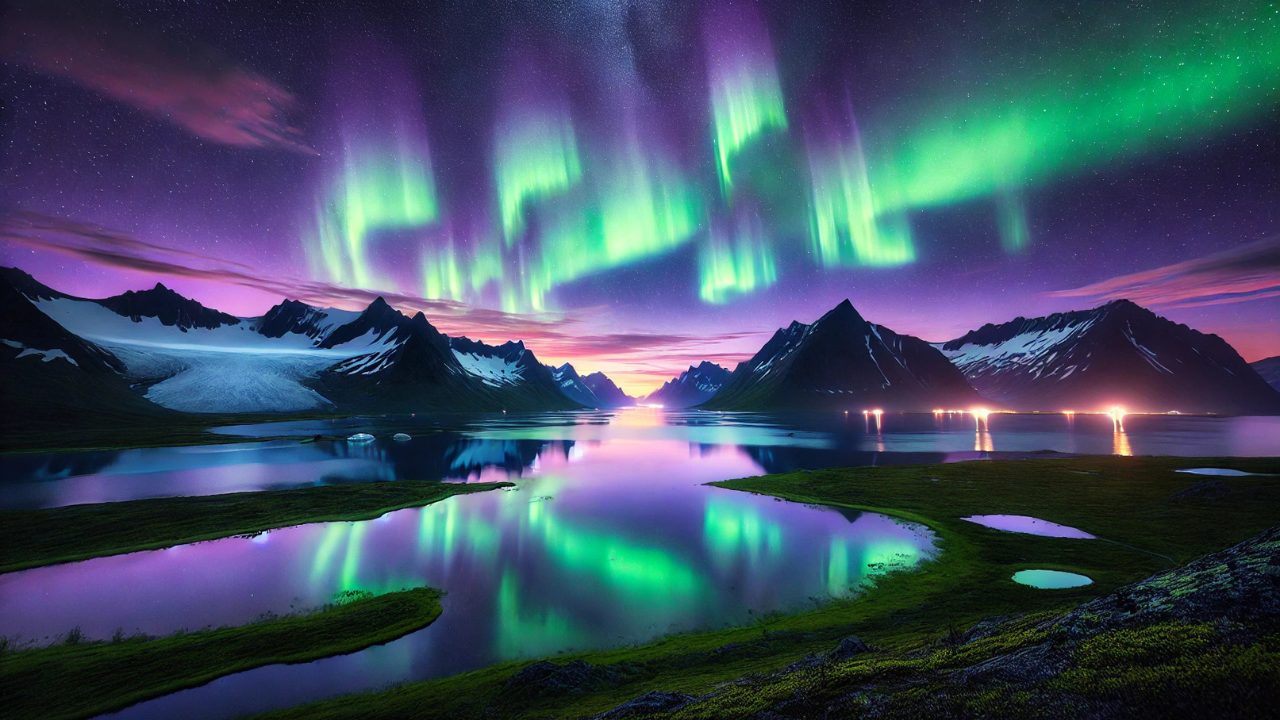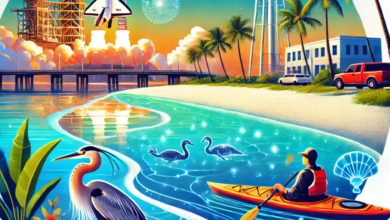Introduction
The Northern Lights, also known as the Aurora Borealis, have fascinated people for centuries with their magical dance across the night sky. This natural phenomenon, caused by the interaction of solar particles with Earth’s magnetic field, northern lights june 2024 creates breathtaking waves of green, purple, and even red lights. Traditionally, the best time to witness this celestial spectacle is during the winter months, when the nights are long and dark. However, many adventure seekers wonder if it is possible to see the Northern Lights in June, a month dominated by the Midnight Sun in the Arctic Circle.
While June is not the ideal season for aurora hunting, there are still rare opportunities to catch a glimpse of this phenomenon. By understanding the science behind the auroras, selecting the right locations, and using forecasting tools, you can maximize your chances of witnessing this spectacular event. This guide explores everything you need to know about chasing the Northern Lights in June 2024, including the best locations, factors affecting visibility, and alternative ways to experience the auroras.
Understanding the Science Behind the Northern Lights
The Northern Lights occur due to the interaction between charged particles from the sun and the Earth’s magnetic field. These particles, mainly electrons and protons, travel through space via solar winds and collide with gases in our planet’s upper atmosphere, causing them to emit light. The different colors of the aurora depend on the type of gas involved—oxygen produces green and red hues, while nitrogen generates blue and purple shades.
One crucial factor that affects the intensity of the auroras is the sun’s activity. The sun follows an 11-year cycle of high and low solar activity, with the peak (solar maximum) bringing increased geomagnetic storms and more vibrant auroras. The year 2024 falls within a period of heightened solar activity, meaning stronger auroral displays could occur, even during less favorable months like June.
However, auroras are best viewed in dark conditions, which poses a challenge in June when the Arctic experiences extended daylight hours due to the Midnight Sun. While it is rare, strong solar storms can sometimes cause the aurora to be visible even in twilight conditions. This makes planning and location selection essential for those hoping to catch a glimpse of the Northern Lights in June 2024.
Can You See the Northern Lights in June?

The biggest challenge in spotting the Northern Lights in June is the presence of near-continuous daylight in high-latitude regions. The Arctic Circle, including popular aurora destinations like Norway, Iceland, and Canada, experiences the Midnight Sun, meaning the sun barely sets or remains above the horizon for most of the night. Without darkness, the chances of seeing the aurora diminish significantly.
That said, there are some locations where brief periods of twilight allow for possible aurora sightings. Extremely high-latitude regions where the sun does dip below the horizon for a short period, such as parts of Alaska, Northern Canada, and Greenland, may offer a rare window of opportunity. Additionally, if a significant geomagnetic storm occurs, it could make the aurora visible even in less-than-ideal conditions. Checking aurora forecasts and space weather predictions will be crucial for those hoping to witness the Northern Lights in June 2024.
Best Places to See the Northern Lights in June 2024
While most prime aurora-hunting locations experience extended daylight in June, a few destinations still offer a chance of spotting the Northern Lights. Here are the best locations to consider:
1. Alaska, USA
Northern parts of Alaska, particularly around Fairbanks, are known for excellent aurora viewing. Although the Midnight Sun dominates much of the state, areas with short twilight periods may provide a slim chance of seeing the lights if solar activity is strong enough.
2. Canada’s Northern Territories
Yukon, Northwest Territories, and Nunavut remain some of the best places for aurora enthusiasts. While long daylight hours limit visibility, strong geomagnetic activity might allow for sightings in the northernmost regions.
3. Greenland
Greenland experiences extended daylight, but high-altitude locations and dark-sky areas might provide limited visibility of the auroras during intense solar storms.
4. Iceland
Although summer months are not ideal, Iceland’s geographical position means that under the right conditions, the aurora may still be visible in areas where twilight provides some darkness.
5. Norway & Sweden (Tromsø & Abisko)
These Scandinavian destinations are famous for winter aurora chasing, but in June, you would need exceptionally strong solar activity to see the auroras in twilight conditions.
Factors Affecting Visibility in June
Several factors influence the possibility of seeing the Northern Lights in June, including:
- Solar Activity: High solar activity increases the likelihood of auroras, even in bright conditions.
- Geomagnetic Storms: Strong storms can extend aurora visibility to lower latitudes.
- Weather Conditions: Clear skies are essential, as cloud cover can obstruct visibility.
- Location: The further north you go, the higher your chances.
- Light Pollution: Dark-sky areas away from cities offer better opportunities for sightings.
Best Ways to Increase Your Chances of Spotting the Aurora
To maximize your chances of seeing the Northern Lights in June 2024:
- Monitor aurora forecast websites and apps for geomagnetic activity.
- Choose locations with minimal light pollution and short twilight periods.
- Travel to the highest latitudes possible, such as northern Alaska or Greenland.
- Plan alternative activities, as sightings are never guaranteed.
Alternative Experiences for Aurora Enthusiasts in June
If seeing the Northern Lights proves difficult, there are still plenty of ways to enjoy aurora-related experiences:
- Visit aurora-themed museums and planetariums, such as the Aurora Reykjavik Museum in Iceland.
- Experience virtual reality (VR) or simulation shows that recreate the aurora.
- Plan a trip for the autumn-winter season when conditions are optimal for aurora viewing.
Conclusion
While June is not the best month to see the Northern Lights, it is not entirely impossible under the right conditions. High-latitude locations with brief twilight periods and strong solar activity offer the best chances. However, travelers should set realistic expectations and consider planning their aurora adventures for later in the year when conditions improve. Whether you catch a rare glimpse of the Northern Lights or enjoy alternative experiences, the pursuit itself is an unforgettable adventure.
FAQs
Q1: Is it worth traveling to see the Northern Lights in June 2024?
A: While sightings are rare, high-latitude locations and strong solar activity can make it possible. However, winter months offer a much better chance.
Q2: What are the best aurora forecast tools?
A: Websites like NOAA’s Space Weather Prediction Center, AuroraWatch, and apps like My Aurora Forecast provide real-time predictions.
Q3: Which destinations offer the best chances in June?
A: Northern Alaska, Canada’s Yukon, Greenland, and Iceland provide the highest likelihood of sightings.
Q4: Can solar activity in 2024 increase summer sightings?
A: Yes, 2024 is expected to have high solar activity, which could increase aurora visibility even in less-than-ideal months.
Q5: When is the best time to see the Northern Lights?
A: September to March offers the best conditions, with long, dark nights enhancing visibility.
By following this guide, you’ll be well-prepared to explore the possibility of witnessing the Northern Lights in June 2024!




